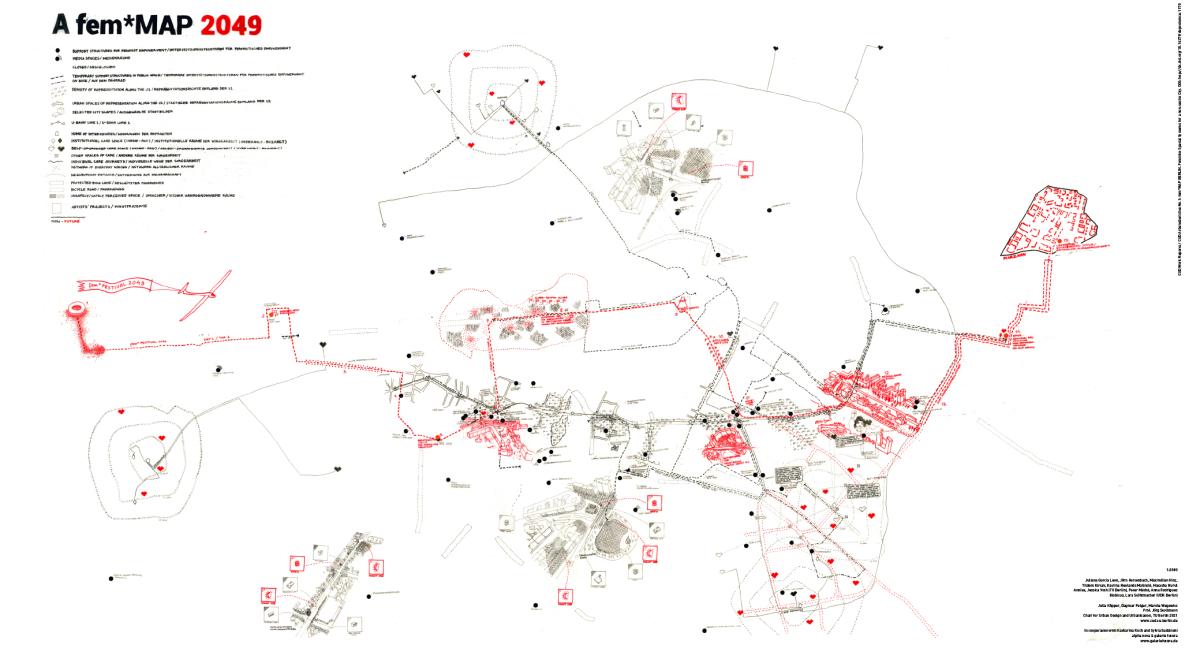The digital rain falls, but not everywhere. Airdrops, those seemingly boundless showers of cryptocurrency, often meet invisible borders. Why? This exploration delves into the geographical gatekeepers controlling the flow of these digital gifts, revealing the hidden fences and local biases shaping the global landscape of airdrops.
Mapping Airdrop Accessibility
The digital world often promises universality, yet airdrops—those coveted cryptocurrency giveaways—frequently reveal a stark reality: geographical limitations. Why does a project, ostensibly open to a global audience, restrict participation based on location? The reasons are varied and complex, ranging from regulatory hurdles and KYC/AML compliance in specific regions to concerns about fraudulent activity and the potential for manipulation by bots concentrated in certain areas. Think of it as a digital map, dotted with exclusion zones, creating an uneven playing field for potential recipients. Consider these key factors:
- Regulatory Compliance: Sanctions, licensing requirements, and varying legal interpretations of cryptocurrency across jurisdictions play a significant role.
- Fraud Prevention: Limiting participation to specific regions can help mitigate the risk of large-scale, coordinated scams or bot attacks.
- Market Targeting: Some projects may strategically choose to focus their airdrop on specific regions to gain traction within a particular community or market.
Visualizing this geographical disparity is key to understanding the true reach of airdrops. Imagine a world map, shaded to reflect the level of accessibility: bright green for unrestricted participation, fading to yellow for partial access, and dark red for complete exclusion. This hypothetical map would highlight the inherent inequalities within the seemingly borderless landscape of cryptocurrency. Below is a simplified example to illustrate the diverse accessibility levels:
| Region | Airdrop Accessibility |
|---|---|
| North America | High |
| Europe (excluding some sanctions-affected areas) | Medium |
| Parts of Asia | Low |
| Africa | Variable |

Unveiling the Geography of Airdrops
The world isn’t flat, and neither is the distribution of airdrops. Many projects employ sophisticated geographical targeting, creating invisible borders around their giveaways. This isn’t simply about logistics; it’s a strategic decision influenced by several factors. Consider these key limitations you might encounter:
- Regulatory Hurdles: Certain jurisdictions have stringent rules surrounding cryptocurrency giveaways, effectively barring airdrops in those regions.
- Marketing Focus: Airdrops might be concentrated in areas with a higher density of target users, perhaps to build community in specific markets or test product reception in regions of strategic interest.
- Fraud Prevention: Geographic restrictions can help limit the potential for bot activity and fraudulent claims, ensuring the tokens reach genuine participants.
- Infrastructure Challenges: Access to reliable internet and cryptocurrency exchange services can play a crucial role in determining where an airdrop is feasible.
Let’s illustrate this with a hypothetical example:
| Airdrop Project | Target Region | Reason |
|---|---|---|
| Project Nova | Southeast Asia | High mobile penetration, growing crypto adoption |
| Cryptic Bloom | Western Europe | Strong regulatory framework for crypto, existing user base |
| Quantum Leap | United States (Selected States) | Testing user response, focusing on specific jurisdictions |

Regulatory Hurdles and Local Laws
Navigating the world of airdrops often feels like charting uncharted waters. The seemingly simple act of distributing tokens globally bumps headfirst into a complex web of legal red tape. Each country, and sometimes even individual states or regions, possesses its own unique financial regulations, impacting cryptocurrency distribution. These hurdles aren’t intentionally obstructive; rather, they reflect efforts to protect investors, prevent money laundering, and manage the burgeoning crypto landscape. This means that what might be perfectly legal in one jurisdiction could be a significant legal transgression in another. Ignoring these differences can lead to significant consequences, from hefty fines to complete project failure. Consider these key aspects:
- KYC/AML Compliance: Knowing Your Customer (KYC) and Anti-Money Laundering (AML) regulations vary drastically. Some regions have strict KYC requirements, demanding thorough identity verification before token distribution, while others remain comparatively lax.
- Security Token Regulations: The classification of a token (utility, security, etc.) directly impacts regulatory oversight. Security tokens, for example, often fall under stricter securities laws, demanding compliance with registration and reporting procedures.
- Tax Implications: The tax implications of airdrop participation can differ wildly depending on the recipient’s location. Understanding these tax obligations is crucial for both the project and the participants.
To illustrate the geographic diversity of these challenges, consider this simplified comparison:
| Region | Key Regulatory Focus |
|---|---|
| United States | SEC scrutiny, state-level regulations |
| European Union | MiCA framework, varying national approaches |
| Singapore | Progressive framework, focus on innovation |
| Japan | Strict licensing requirements, emphasis on investor protection |

Expanding Global Airdrop Reach
The digital world often promises borderless interaction, yet airdrops, those exciting cryptocurrency giveaways, frequently stumble upon unexpected geographical limitations. Why is this? It’s not always a simple case of malicious intent; several factors contribute to the restricted reach of many airdrop campaigns. Consider these key elements:
- Regulatory hurdles: Varying legal frameworks across nations often dictate participation eligibility, leading to exclusion in certain regions.
- Sanctions and compliance: Complex international sanctions can prevent airdrops from reaching specific countries or individuals.
- KYC/AML requirements: Know Your Customer (KYC) and Anti-Money Laundering (AML) protocols demand rigorous identity verification, a process that can be costly and difficult to implement globally.
- Technical infrastructure: Limited internet access or unreliable networks in some regions can hinder smooth airdrop distribution and participation.
This isn’t to say global airdrops are impossible; however, they demand careful planning and execution. Consider this simplified comparison of regional airdrop strategies:
| Airdrop Type | Pros | Cons |
|---|---|---|
| Targeted (Local) | Easier compliance, lower costs | Smaller audience reach |
| Global (with restrictions) | Wider reach, greater brand exposure | Increased complexity, higher costs |
| Phased Rollout | Manageable expansion, allows for adjustments | Longer timeframe for complete distribution |
The Way Forward
So, the next time you see an airdrop announcement promising global reach, remember the unseen geographical lines that often dictate its true destination. The digital world, it seems, still clings to the limitations of the physical one.










